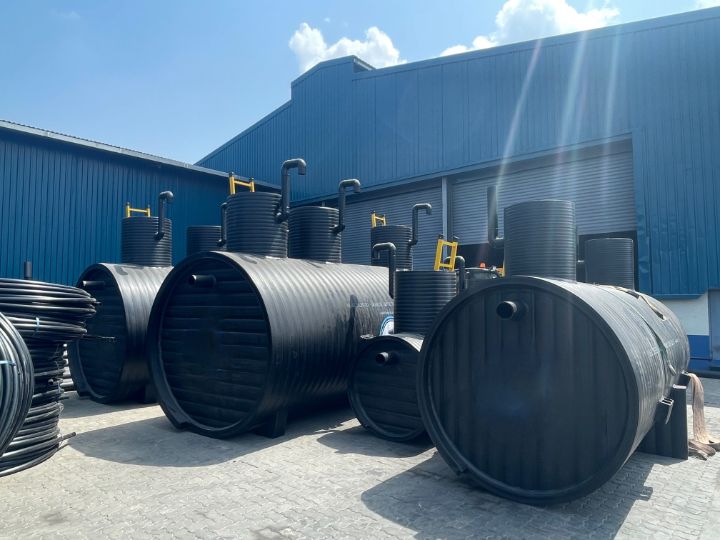Modern Building Technology Key to Improving WASH Infrastructure in Kenyan Schools by Simon Thomas
As parents prepare to take their children back to school after the two weeks holiday the questions on just how safe and comfortable our learning spaces will once gain be a key consideration for many parents. When considering ways to improve schools for learners, the focus is often on the school curriculum, access to learning materials, meals, transport, and staffing levels. However, the quality of water, sanitation, and hygiene (WASH) facilities is often overlooked and does not receive adequate attention in these conversations..
It is important to recognise the significance of WASH facilities and prioritise them equally, if not above other factors to establish a safe and healthy learning environment for students. Since a significant portion of a student’s life is spent in school, we have a collective responsibility to provide them with comfortable facilities that allow them to concentrate on learning with minimal distractions.
The Kenya Environmental Sanitation and Hygiene Strategic Framework’s 2016-2020 definition of a school with acceptable WASH facilities is; one that has adequate access to safe drinking water, sanitary toilets, and urinals to the correct ratio/proportion of pupils and age, adequate hand-washing facilities, properly maintained compounds, well-ventilated classrooms and other living facilities including kitchen and dining facilities.
To fulfill the definition of this framework, we must adopt a long-term approach towards investing in WASH infrastructure, and this is where modern building technology can play a vital role in achieving this goal.
One way of achieving these sustainable goals is investing in newer technologies for sustainable water management such as Weholite HDPE.
Unlike other building materials, Weholite HDPE technology enables infrastructure products such as tanks and pipes to be designed and customised to fit at specific sites, then manufactured at a factory level, producing high quality results. The advantage of this technology being bespoke is that school WASH infrastructure can be installed with minimal disruption to communities and learners, and at a fast pace.
We need to act, and a solution that can be applied fast. The light-weight nature of Weholite HDPE
technology also makes such infrastructure easier to transport which is paramount when the target
schools are in long distance areas. A quick fix is not a sustainable solution and Weholite technology has a
service life of up to 100 years.
Locally, we have already seen the efficacy of this system from Narok County which installed its first
sewer system that was recently commissioned by H.E President William Ruto. Part of the system used 5
km of Weholite HDPE pipes and manholes.
The county’s health department has been quoted, stating that installing the sewerage system has resulted in reducing the presence of disease-causing pathogens while cholera cases have significantly reduced.
The time to invest in WASH infrastructure for our schools is now!
The Government’s plan to construct an additional 10,000 classrooms to accommodate the expected surge in student numbers, once learners transition from primary to junior secondary schools under the Competency-Based Curriculum will require adequate infrastructure as defined by Kenya Environmental Sanitation and Hygiene Strategic Framework.
By investing in modern building technology, we can reduce the tragic loss of learners and prevent them from falling ill to diseases as described above. Such an investment will not only improve the health and well-being of learners and teachers, it will also contribute to the overall economic development of the country by reducing days lost due to illness.
The government and the private sector should, therefore, prioritise investing in modern WASH technology like Weholite HDPE to achieve its goal of providing safe and healthy learning environments for leaners in schools.



